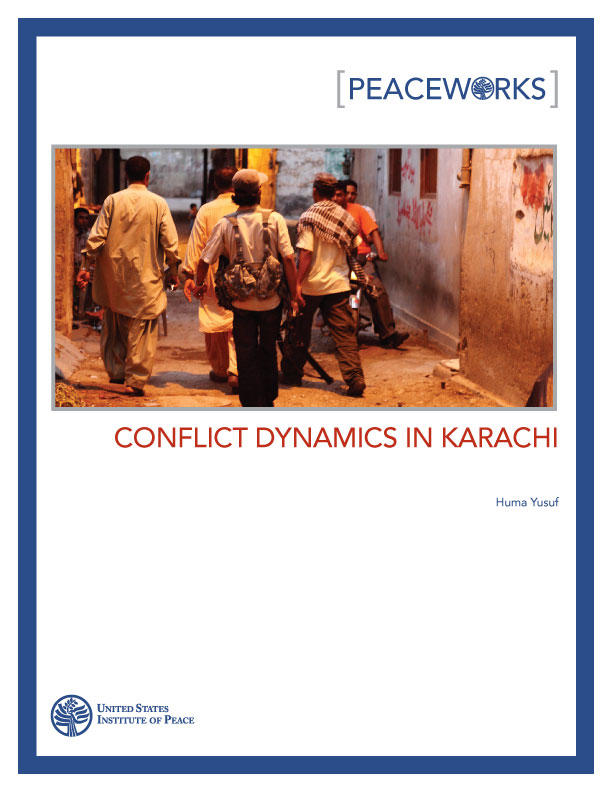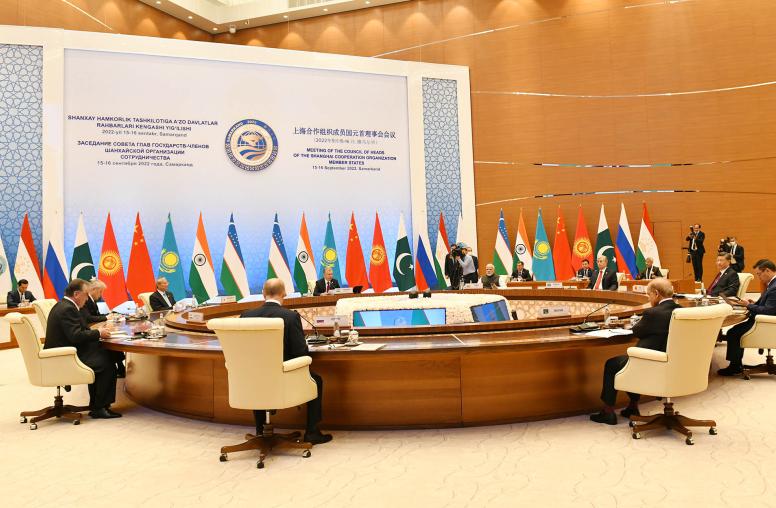Conflict Dynamics in Karachi
Ethnopolitical, sectarian, militant, and criminal violence plagues Pakistan’s largest city and commercial center. Failure of the major political parties to agree to a solution for Karachi threatens to destabilize all of Pakistan.

Summary
- Violence in Karachi, Pakistan’s largest city, is multifaceted. Different types of violence— including ethnopolitical, militant, sectarian, and criminal—have claimed more than 7,000 lives since 2008.
- Violence in Karachi threatens to destabilize Pakistan for both economic and political reasons. The city contributes more than 25 percent of gross domestic product, and disruptions in urban economic activities necessarily affect the national economy. Moreover, the ethnically diverse city is a battleground for major political parties and thus key to domestic political stability.
- The armed wings of major political parties, including the MQM, PPP, and ANP, are the main perpetrators of urban violence. The parties clash over city resources and funds generated through extortion.
- Historically, Karachi’s ethnopolitical violence has pitted Urdu-speaking mohajirs (migrants) of the MQM against Pashtuns represented by the ANP. But clashes between the rural, Sindh-based PPP and Karachi-centric MQM are increasing as part of a broader power struggle between the city- and provincial-level governments.
- Militant groups, including the Tehrik-e-Taliban Pakistan (TTP) and extremist sectarian organizations, have consolidated their presence in the city. In addition to drawing new recruits and generating funds through criminal activities, militants increasingly attack state and security targets in Karachi.
- State initiatives to stem violence are superficial and ad hoc, and routinely fail to address the underlying causes of Karachi’s violence, including poor urban planning, politicization of the police, proliferating seminary networks, and a flawed criminal justice system.
- High-level interventions by the Pakistan Army and Supreme Court have helped temporarily disrupt cycles of violence but do not offer sustainable solutions to Karachi’s violent politics.
- The key to Karachi’s stability is a representative power-sharing agreement among the major political parties that reflects the city’s evolving demographics. However, the delay in conducting a transparent census and the failure to establish an uninterruptible platform for political negotiations continue to fuel violence.
About the Report
Ethnopolitical, sectarian, militant, and criminal violence has claimed more than 7,000 lives since 2008 in Karachi, Pakistan’s largest city and financial capital. The city’s violent dynamics threaten to destabilize Pakistan, and its precarious security situation has serious implications for the U.S.-Pakistan bilateral relationship owing to its growing role in national and regional terrorism. Despite this, the city rarely features in policy discussions about Pakistani security. This report highlights Karachi’s integral role in a stable and secure Pakistan. It describes the city’s multiple and intersecting types of violence, identifies violent actors, highlights the systemic issues that drive violence, analyzes state initiatives to stem violence and reasons why these efforts failed, and calls for the government to tackle the violence’s underlying causes.
About the Author
Huma Yusuf is a freelance journalist and columnist for the Pakistani newspaper Dawn and was the 2010–11 Pakistan Scholar at the Woodrow Wilson International Center for Scholars in Washington, DC. Her reporting on human rights and ethnic conflict in Pakistan won the European Commission’s Prix Natali Lorenzo for Human Rights and Democracy Journalism (2006) and the UNESCO/Pakistan Press Foundation Gender in Journalism Award (2005).



